Beneath the deep
In its latest jewellery collection, Paspaley honours the adventurous work of pearl divers in their pristine underwater realm.
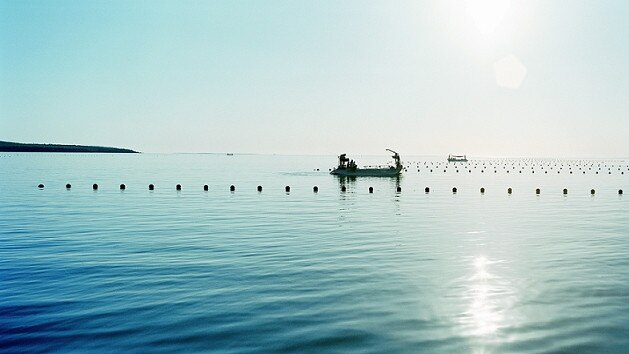
There’s an image we have of pearls. A refined accessory of understated elegance and a soft luminosity that never shouts, be it a chic strand or the minimal duet of earrings. But that’s not the whole story.
“Not many people really understand pearls,” says Christine Salter, creative director for Australian pearl empire Paspaley. “Everybody knows diamonds because at some point in their life they usually get engaged, so they do their diamond research, but very few people really understand pearls. People have this preconceived idea of them based on their physical attributes, which is that they are soft and pure and gentle and feminine. But what I love about them is the more you look into the pearling industry and pearls themselves, the more beautiful they become, the more appealing. And it is because of the adventure that we have to undergo in order to find them.”
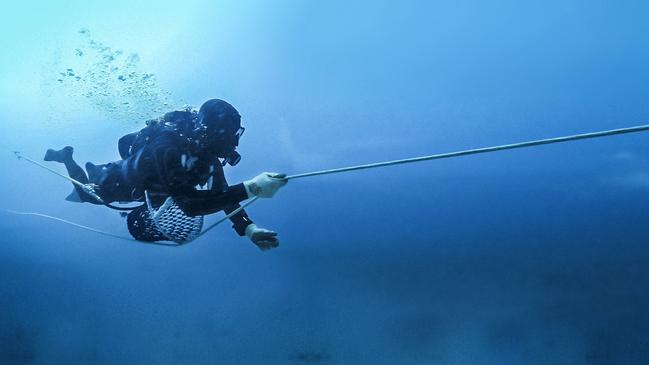
According to Salter, when it comes to the story of pearls – much like the ocean they’re grown in and harvested from – there’s a lot more going on below the surface than most people realise. And the more you dig the more you begin to appreciate the fragile tension that the gem represents: the precarious equilibrium of the ocean’s health that’s integral to growing the calibre of pearls Paspaley has become famous for; the constant presence of sharks and other marine life that cruise the waters where the coveted South Sea pearls are grown. And maybe most importantly, the pearl divers who spend their lives in the waters off the Kimberley Coast, slowly, meticulously collecting each precious orb by hand.
It’s these stories of the divers and the passion they have for what they do that inspired Paspaley’s latest high jewellery collection, the aptly named Dive.
“I’ve grown up in the pearling industry and grown up around pearl divers,” Salter tells WISH. “I’ve got two uncles who were pearl divers. My cousins; my first boyfriend, in fact. Many, many friends. I have always been fascinated with what is such an unfamiliar and unusual world for most people, and by what actually drives people to go and join Paspaley and become a pearl diver.”
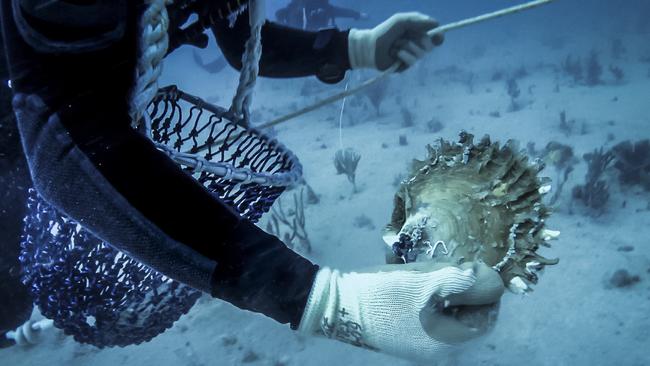
Drawing on the heritage of divers and their adventures underwater, Dive is a reworking of the familiar motifs of the sea and the tools of the diver: a series of charms that resemble the lost coins found on the seabed, a circling shark, a necklace inspired by the coiled ropes found on pearling ships.
Look closer, though, and all is not as it seems. The gold rope that looks so realistic and malleable is in fact a three-dimensional sculpture that circles a glowing pearl. Delicately carved onto the pearl surface of the coins are skulls, octopus, tridents and anchors – the familiar insignia seafaring men would often get inked on their skin while on their journeys. It’s an unexpected twist from a company more known for grace and grandeur, but one Salter seems delighted with.
“I really loved that historical association between tattoos and people who have explored the sea since forever,” she explains. “English sailors would come abroad to these exotic places in the south seas and saw the tattoos, and then would return with some themselves. I loved that journey, and even today our divers are following that tradition still.”
The collection also marks the first time Paspaley has designed a ring specifically for men. Made with a yellow gold band, it’s wrapped by a chain that slowly changes colour from white gold to rhodium-plated black gold. This, says Salter, was inspired by the way metal chains attached to ships change colour over time when they’re subjected to different depths of water. “We also have one of the charm pendants we’ve specifically designed to be more masculine than the rest of the charms, both because of the imagery – it has an octopus and a skull – and the fact it doesn’t have diamonds around the bail and the settings.”
Asked if the latest collection was made to be more androgynous than usual, Salter acknowledges that the times, like the tides, they are a changing when it comes to men and jewellery, particularly pearls.
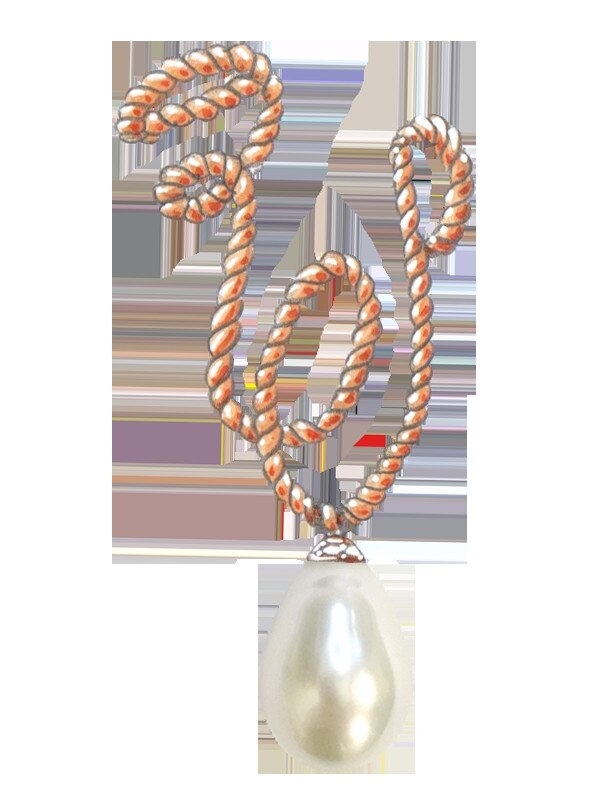
Justin O’Shea, fashion’s enfant terrible, featured Paspaley pearl chokers on his male models during his Spring 2020 show. They’d already been seen on the influential necks of the rapper A$AP Rocky and pop star Harry Styles. Salter says that even among her male friends, she’s fielded requests for pearl jewellery, and she says if you look to history you’ll find that pearls have frequently been worn by men – sometimes in more extravagant ways than women have chosen to wear them
“If you just look up “pearls, India”, you see men dripping in them. Layers and layers of strands, and it’s beautiful. It does look beautiful. While pearls have been traditionally, in the Western world, something worn by women, right now we are living in an era where there is this very blurred line between what is masculine and what is feminine, and it’s quite wonderful.”
But Dive is also an hommage to the important role divers have to play in creating one of the few truly sustainable gem industries in the world. Sometimes the old ways are best. The ships may have changed, the equipment upgraded, and the knowledge of safely navigating the depths and preventing decompression evolved. But the art of pearl diving, that remains the most sustainable and ethical method of procuring these precious gems.
“All the equipment has changed, but one thing that has not changed in the pearl diving method is that our divers still hand-collect, one by one, each wild oyster from the sea floor and just put it into the net that they wear around their necks,” says Salter.
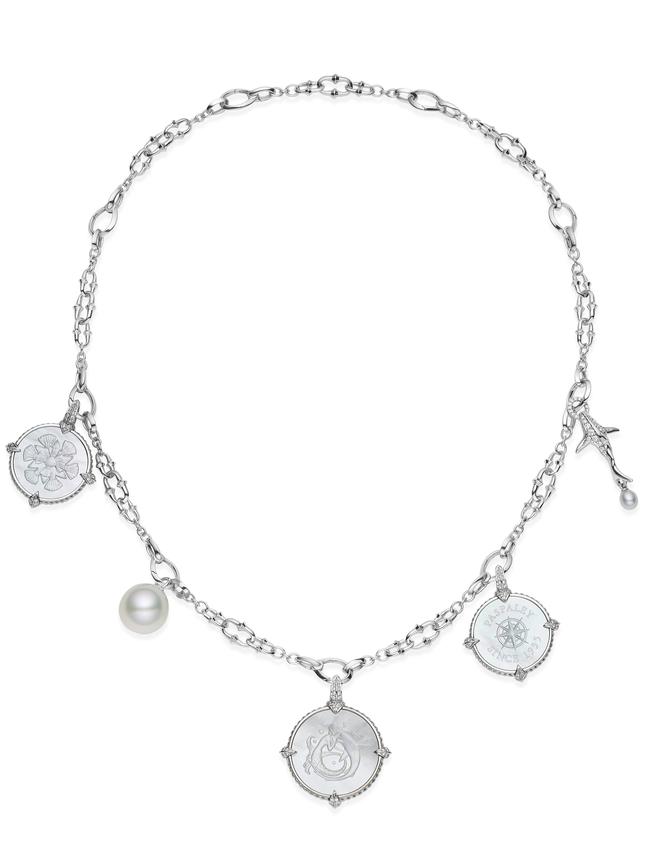
The use of divers as opposed to machinery allows for conscientious selection of each individual pearl, rather than a trawler’s mass haul that produces enormous amounts of waste. Divers, says Salter, are able to check the status of each pearl, safely and gently remove the ones that are ready to be harvested, and preserve those that continue to grow without disturbing the sea bed or damaging the oyster. It’s a painstakingly slow process that puts a lot of strain on the divers (“Our divers spend nine hours a day underwater,” says Salter. “They’re down there at first light and they’re out just after dark – nine dives, one hour each.”)
It’s astronomically expensive, and can only be done in a small window of time between tides and seasons. But, says Salter, this is the reason that the oceans in which Paspaley operates are among the healthiest in their regions and the quality of their pearls unsurpassed. That, and the strict quotas that Paspaley was instrumental in putting into place.
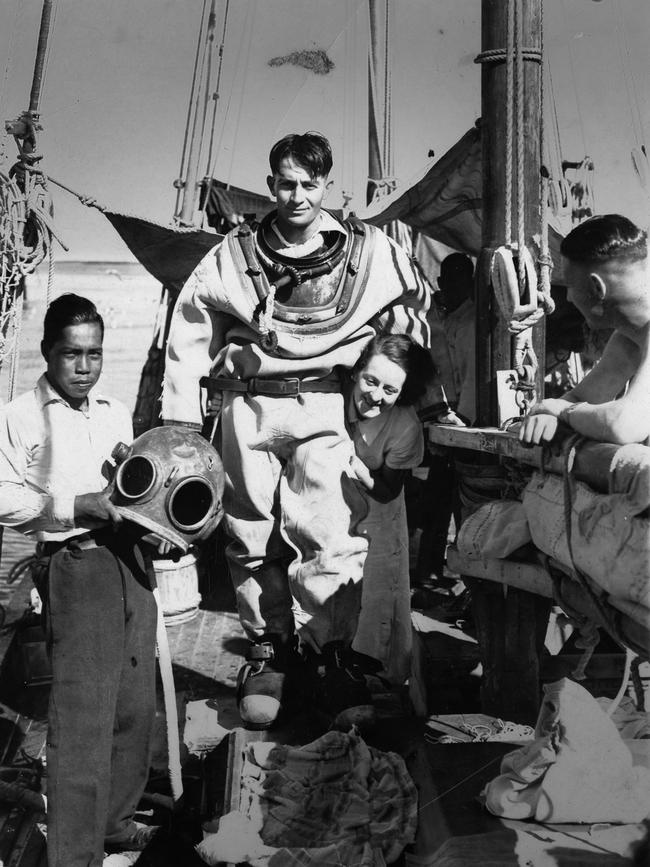
To some, the setting up of quotas that limit your own business’s productivity may seem counter to achieving profits. But putting these restrictions in place and thereby protecting the ecosystems of the ocean has been a major determinant of the quality of Paspaley’s pearls.
“As pearlers, we really understood that if you don’t look after the environment it’s not going to look after you,” says Salter. “Although sustainability and environmental issues are a recent trend, I suppose, over the past 10 or so years, for us as pearlers it’s been vital in order for us to make high-quality pearls. Not just so that we actually have shell to catch, but also we’re dealing with an animal, so if the environment, if the habitat for that animal is not in absolutely perfect condition, well neither is the little baby, the pearl that it’s growing in it.”
The importance of this to the pearl specifically is that what you see in the final jewellery creation is just as it was it was when it was fished out of the oyster. That lustre, so prized in pearls the way carats clarity and colour are in diamonds, is completely natural and doesn’t require the treatment that pearls from other regions need to achieve the same glow. “Australia is the only country that has wild oysters and not one Paspaley pearl is treated,” says Salter. “That’s something that we’re really proud of, that all of our pearls, as you see them in the boutique, look exactly the same way as when they came out of the shell.
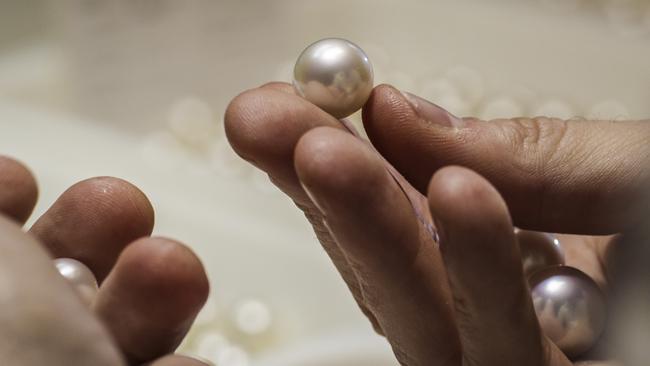
For Salter, the long game is about quality, not quantity, and the numbers speak for themselves. “To put all of this into perspective, I find it really interesting that Paspaley pearls account for less than 1 per cent of global pearl production but they actually account for 24 per cent of total pearl sales,” she says.


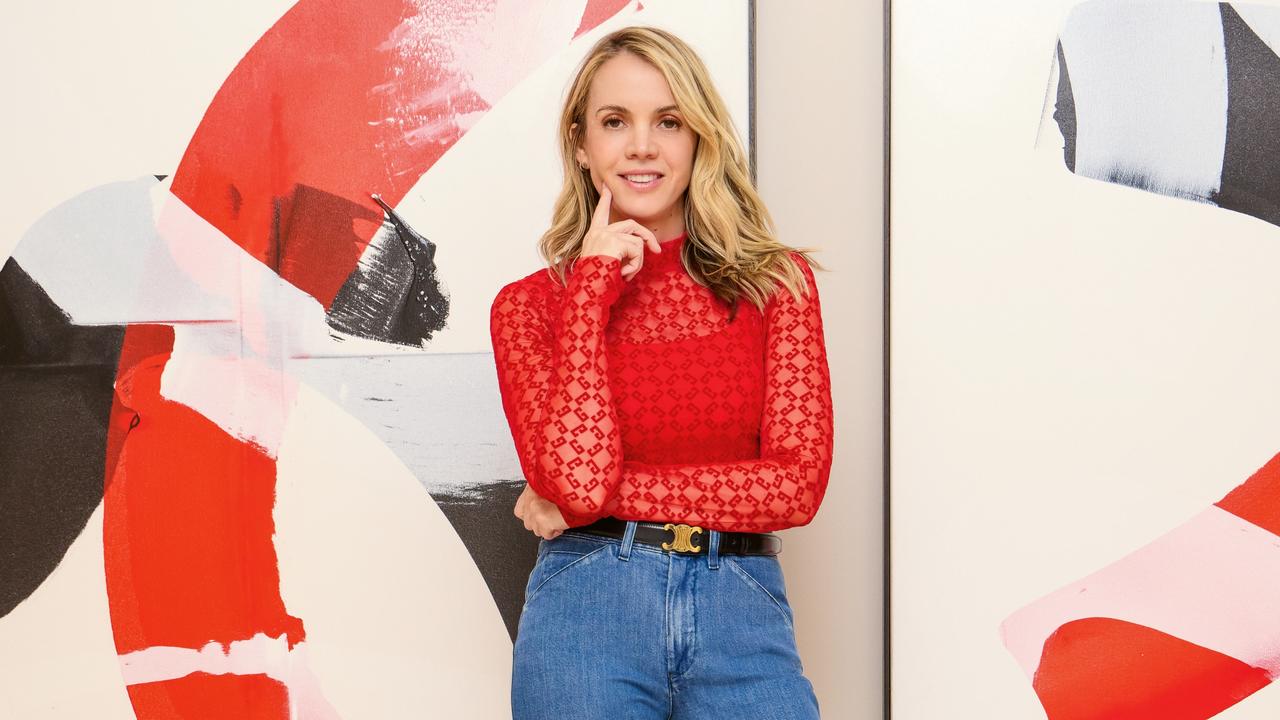
To join the conversation, please log in. Don't have an account? Register
Join the conversation, you are commenting as Logout